System charts the evolution of complex quantum states.


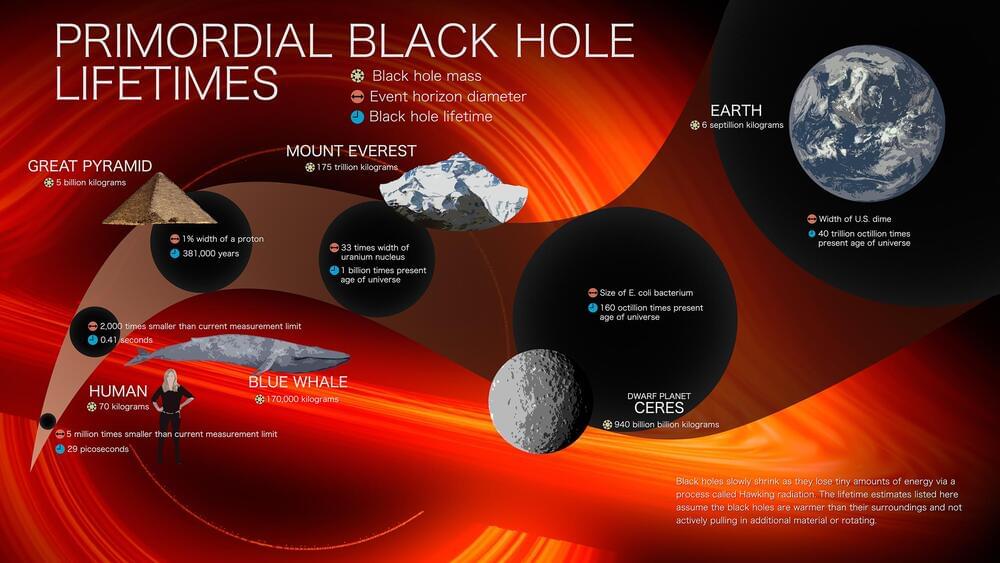
Astronomers have discovered black holes ranging from a few times the sun’s mass to tens of billions. Now a group of scientists has predicted that NASA’s Nancy Grace Roman Space Telescope could find a class of “featherweight” black holes that has so far eluded detection.
Today, black holes form either when a massive star collapses or when heavy objects merge. However, scientists suspect that smaller “primordial” black holes, including some with masses similar to Earth’s, could have formed in the first chaotic moments of the early universe.
“Detecting a population of Earth-mass primordial black holes would be an incredible step for both astronomy and particle physics because these objects can’t be formed by any known physical process,” said William DeRocco, a postdoctoral researcher at the University of California Santa Cruz who led a study about how Roman could reveal them.
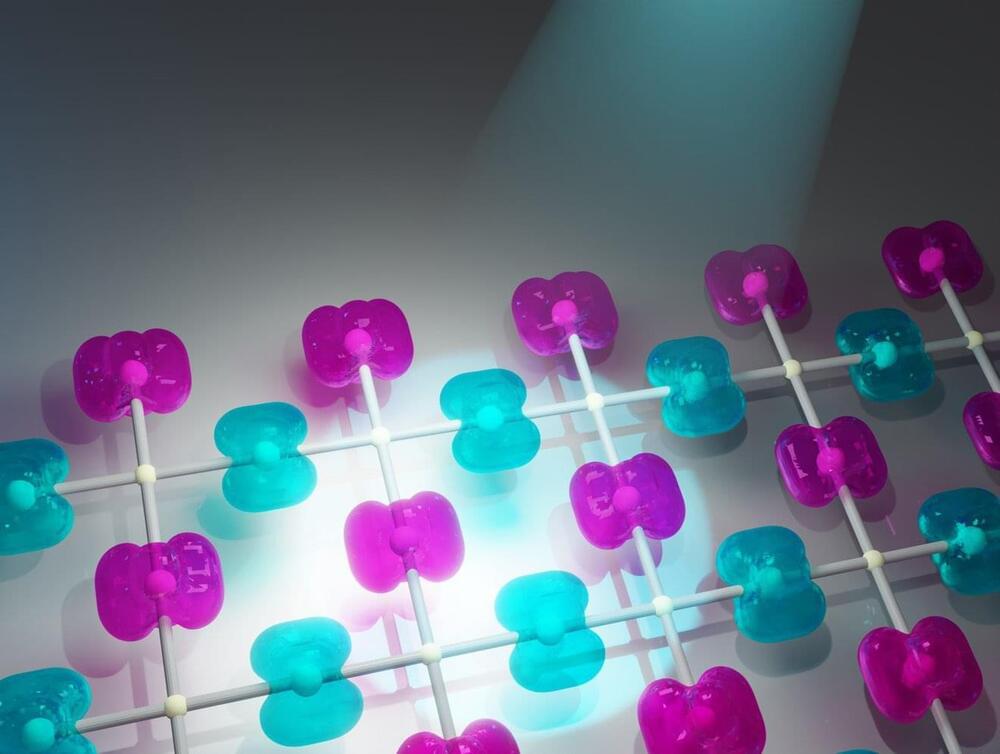
A recent study published in Nature reveals that an international team of scientists has challenged the conventional division of magnetism into two types: ferromagnetism, known for thousands of years, and antiferromagnetism, identified roughly a century ago. The researchers have now successfully demonstrated, through direct experiments, a third type of magnetism—altermagnetism—which had been theoretically predicted by scientists from Johannes Gutenberg University Mainz and the Czech Academy of Sciences in Prague several years earlier.
Limitations of the previously known magnetic branches for information technologies
We usually think of a magnet as a ferromagnet, which has a strong magnetic field that keeps a shopping list on the door of a refrigerator or enables the function of an electric motor in an electric car. The magnetic field of a ferromagnet is created when the magnetic field of millions of its atoms is aligned in the same direction. This magnetic field can also be used to modulate the electric current in information technology (IT) components.

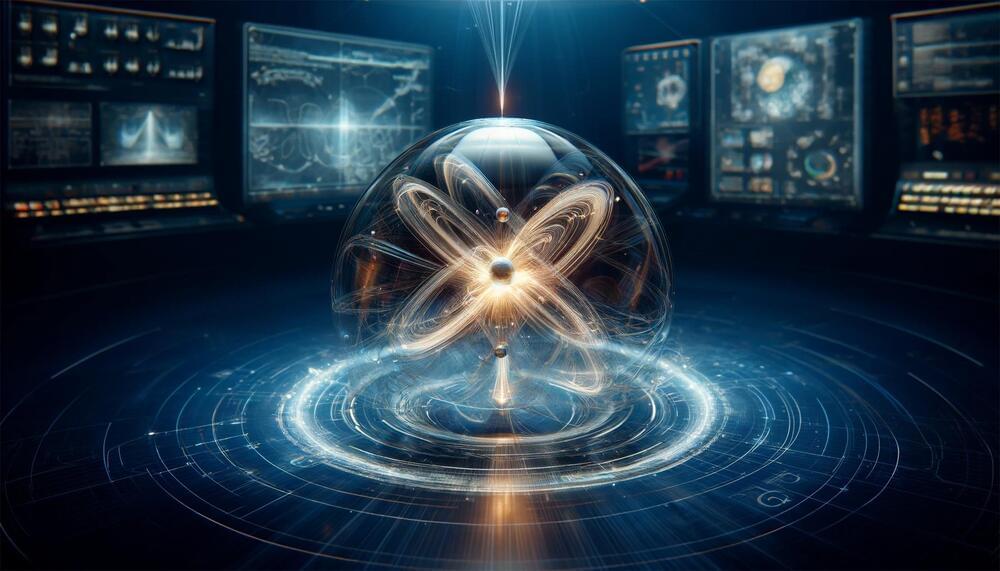
New research combining experimental and computational approaches provides deeper insights into proton spin contributions from gluons.
Nuclear physicists have been tirelessly exploring the origins of proton spin. A novel approach, merging experimental data with cutting-edge calculations, has now illuminated the spin contributions from gluons—the particles that bind protons. This advancement also sets the stage for three-dimensional imaging of the proton structure.
Joseph Karpie, a postdoctoral associate at the Center for Theoretical and Computational Physics (Theory Center) at the U.S. Department of Energy’s Thomas Jefferson National Accelerator Facility, led this groundbreaking research.
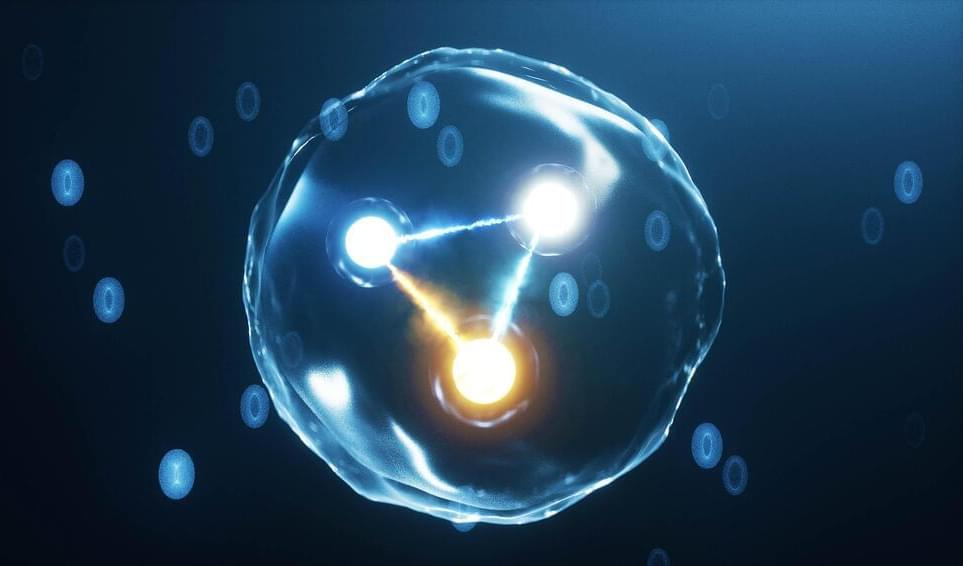
For decades, nuclear physicists have been working to uncover the mysterious origins of the proton’s spin. According to a new study, they seem to have finally made some progress.
By combining experimental data with state-of-the-art calculations, researchers have revealed a more detailed picture of the spin contributions from the very glue that holds protons together, paving the way for imaging the proton’s 3D structure.
The mystery of the proton’s spin began in 1987 when measurements revealed that the proton’s building blocks, its quarks, only provide about 30% of the proton’s total measured spin. This unexpected finding left physicists wondering about the sources of the remaining spin.
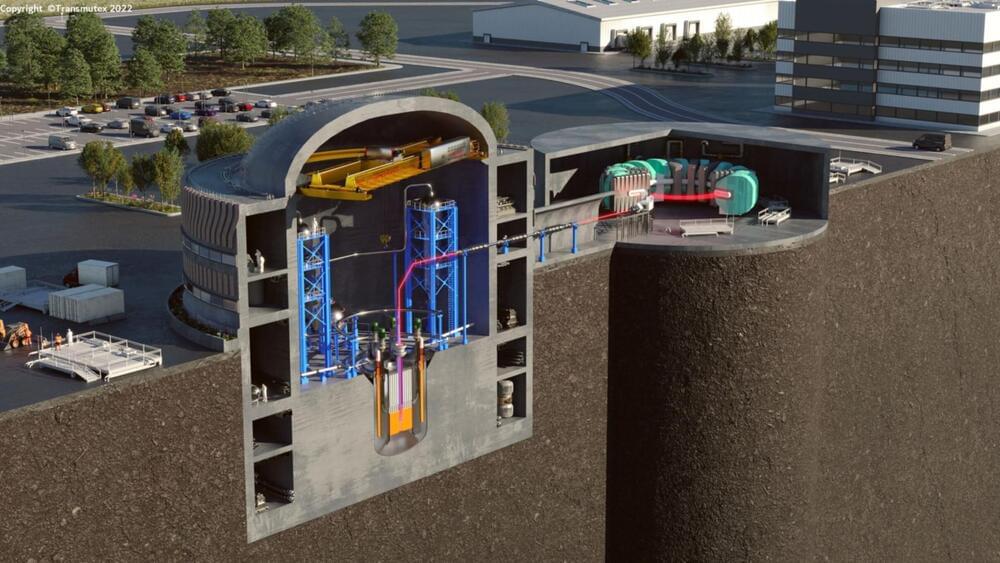
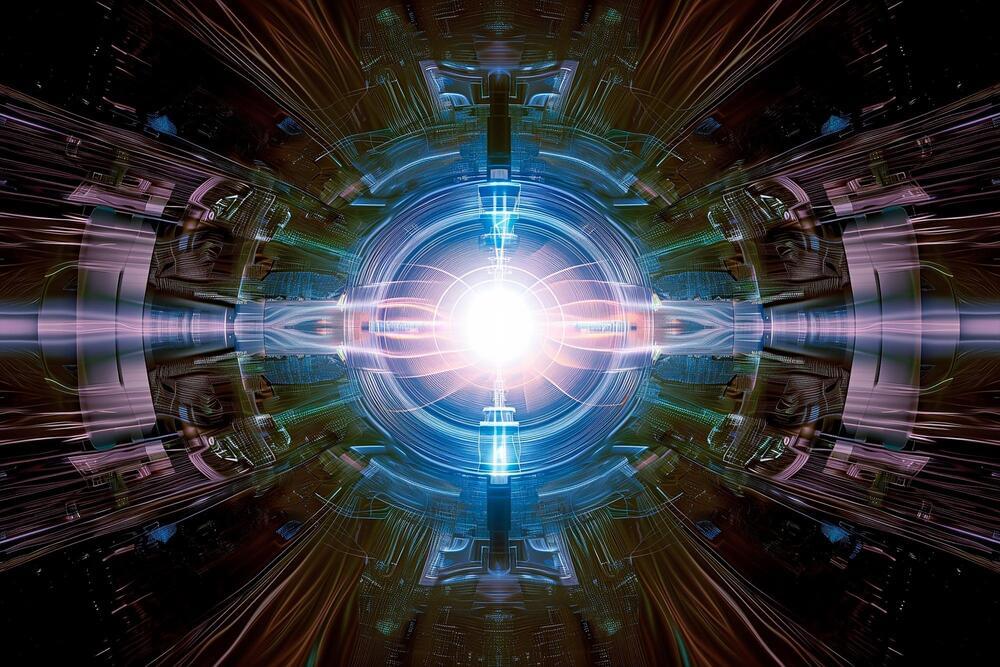
Researchers at the Princeton Plasma Physics Laboratory are harnessing artificial intelligence and machine learning to enhance fusion energy production, tackling the challenge of controlling plasma reactions. Their innovations include optimizing the design and operation of containment vessels and using AI to predict and manage instabilities, significantly improving the safety and efficiency of fusion reactions. This technology has been successfully applied in tokamak reactors, advancing the field towards viable commercial fusion energy. Credit: SciTechDaily.com.
The intricate dance of atoms fusing and releasing energy has fascinated scientists for decades. Now, human ingenuity and artificial intelligence are coming together at the U.S. Department of Energy’s (DOE) Princeton Plasma Physics Laboratory (PPPL) to solve one of humankind’s most pressing issues: generating clean, reliable energy from fusing plasma.
Unlike traditional computer code, machine learning — a type of artificially intelligent software — isn’t simply a list of instructions. Machine learning is software that can analyze data, infer relationships between features, learn from this new knowledge, and adapt. PPPL researchers believe this ability to learn and adapt could improve their control over fusion reactions in various ways. This includes perfecting the design of vessels surrounding the super-hot plasma, optimizing heating methods, and maintaining stable control of the reaction for increasingly long periods.
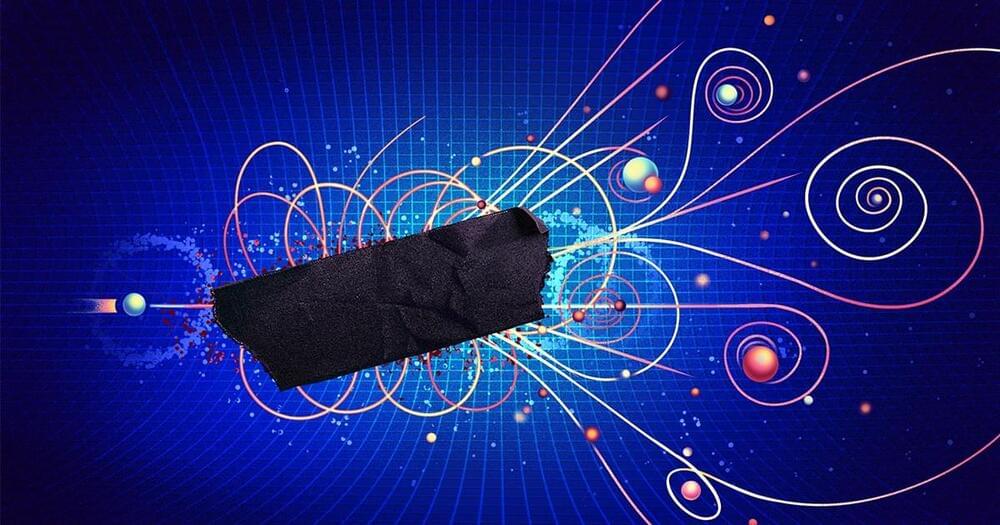
The Standard Model Lagrangian specifies all known particles that might come into being during a collision and how they might interact.
Particle physicists in search of the next theory of reality are consulting a mathematical structure that they know will never fail: a table of possibilities known as the S-matrix.

Diamonds are famously formed under high pressure and temperature, which is partly why they’re so valuable. But now, scientists have created diamonds in a lab under regular pressure in just 15 minutes.
Diamonds are basically just plain old carbon that’s been put under immense pressure and temperature, causing the atoms to crystallize into a particular structure. On Earth, the only place with the right natural conditions is deep in the mantle, hundreds of miles down. Only later are they brought closer to the surface, hitching rides in volcanic eruptions, which makes them pretty rare. Couple that with some of the most insidious marketing in history, and you’ve got a highly sought-after little rock.
Scientists have been growing diamonds in labs for decades, but it usually still needs those extreme conditions – almost 50,000 atmospheres of pressure, and temperatures of about 1,500 °C (2,732 °F). But a new technique has now produced diamonds under normal pressure levels and cooler temperatures.